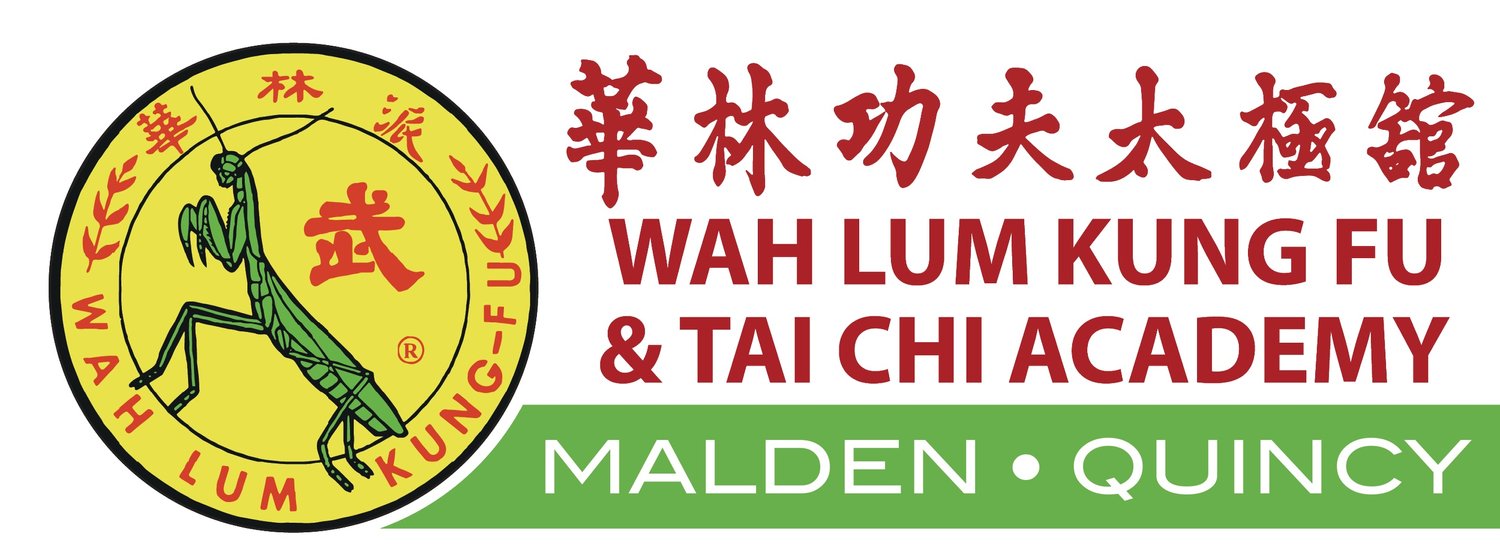The History of Wah Lum Kung Fu
In the early 1900’s, an already accomplished martial artist by the name of Lee Kwan Shan entered into the Wah Lum Monastery of Ping To district in Shantung province. There he committed himself to an arduous ten year discipleship in the Praying Mantis system. His teacher, Abbot Ching Yeung, was the fourth generation of the original Praying Mantis system. When Master Lee left the temple he traveled widely, eventually settling down at Sha Cheng village in Canton province. It was here that he combined his Praying Mantis style with his own family system, the Tam Tui (seeking leg) style. Lee Kwan Shan’s style was noted for his long fist forms, spear and pole techniques, and whirling broadsword skills. Before his death in 1948 Lee accepted his youngest and last disciple, Pui Chan.
Master Chan Wan Ching was Master Pui Chan’s older Kung Fu brother, who continued to teach him the Wah Lum System after Lee Kwan Shan died. He was the first president of the Hong Kong Wah Lum Kung Fu Association.
Grandmaster Pui Chan
Grandmaster Pui Chan (Grandmaster of Wah Lum Kung Fu Association) studied with Lee Kwan Shan and then continued to learn and train with his older Kung Fu brother, Chan Wan Ching, making him the sixth generation master of Wah Lum. In the late 1960s, after finding his way to Boston, Massachusetts, where he first took a job as a cook, Grandmaster Chan founded the first Wah Lum School at North Station. In 1980, Grandmaster Chan built a Kung Fu Temple in Orlando, Florida. Calling it the Wah Lum Temple, he allows instructors from all over the country to live there and undertake intensive Kung Fu training in an atmosphere free of distractions. Master Chan has done this in order to preserve the traditional ways of Kung Fu training, and to provide an atmosphere of serenity and sincerity in the modern world.





